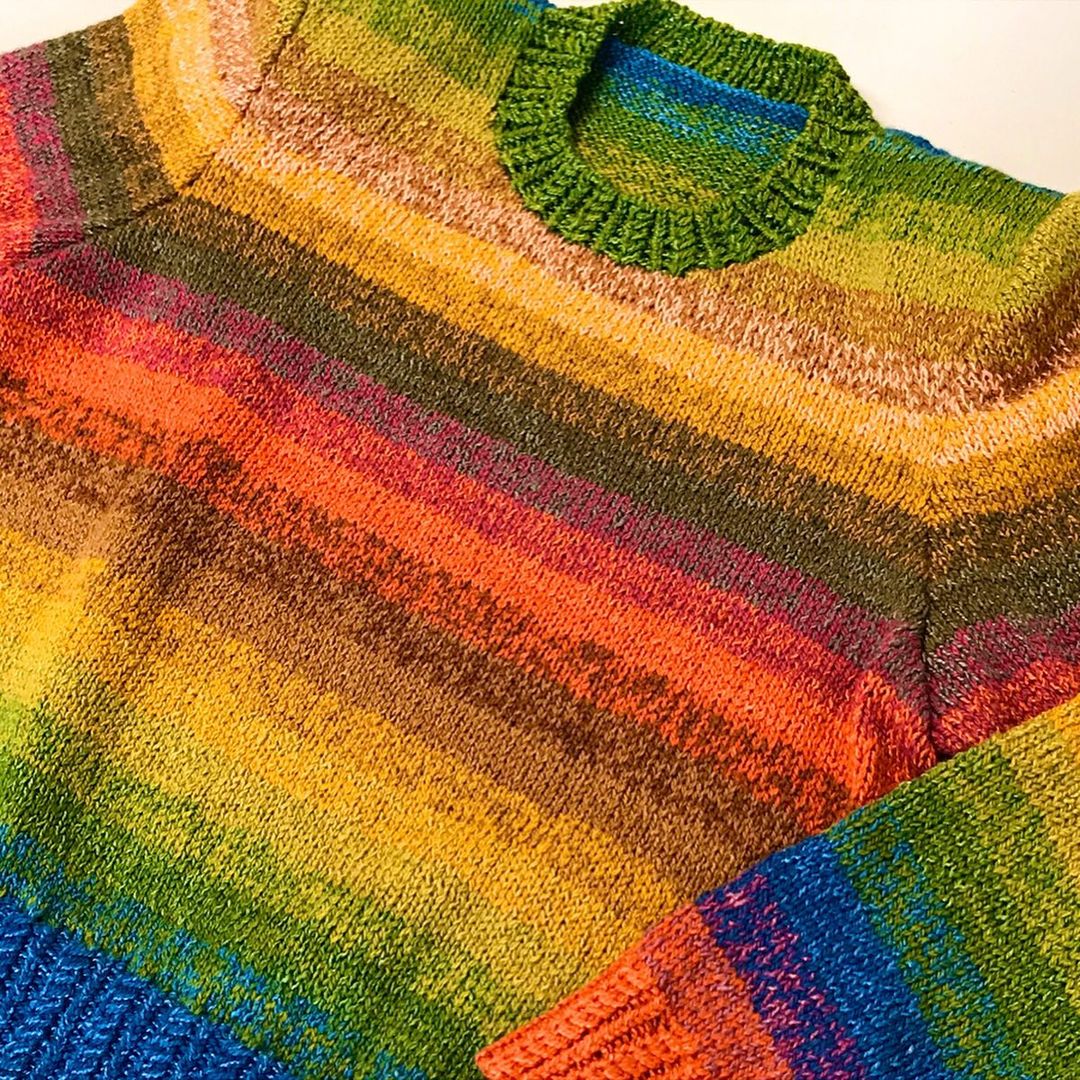①Dokoppi(土骨皮)


Amount used
Same weight as the dough
Summary
The acorn part of the sawtooth oak, a deciduous tree widely distributed in the Honshu, Shikoku, Chugoku, and Kyushu regions, is called dokoppi. Both the umbrella part (Kudo) and the acorn itself are dyed wild golden yellow, so it is often used for under-dyeing. In ancient times, it was called "tsurubami" (acorn) and was used as a dyeing material to dye blackish brown.
Dyeing method
Boil in boiling water at about 80℃.
②Shikon(紫根)


Amount used
About the same weight or twice as much as the fabric
Summary
The root of Murasaki, a perennial herb found in Japan, China, and the Amur region, is called Shikon (purple root). Designated as an endangered species in Japan, the root contains a purple pigment called shikonin. Purple was historically prized as a rare purple pigment, the highest on the Twelve Steps of the Crown. Fastness to sunlight is rather weak.
Dyeing method
Soak in methanol or ethanol at room temperature overnight, strain through a cloth, and dilute with water. Although suitable for aluminum mordant dyeing, the dye is at 60-70°C because the dye changes at high temperatures. Alkaline treatment (5% soda ash solution or lye) after dyeing gives a bluish-purple color.
③Suoh(蘇芳)


Amount used
Same weight as the dough
Summary
A 10-meter tall tree is distributed in the tropics. The core wood contains the red pigment brazilain (the origin of the word "brazil"), which gives it a bright red color, but its fastness to sunlight is rather low. It was introduced to Japan before the Nara period (710-794), and the color dyed by Meiban mordant dyeing was prized as the "Suho" color, the second noblest color after purple.
Dyeing method
Dyeing in an acid bath may result in a lighter color. Boil in boiling water with 10㏄ of vinegar for 15 minutes and strain before use.
④Kariyasu(刈安)


Amount used
Same weight as the dough
Summary
A perennial grass of the Poaceae family and a member of the Miscanthus Sinensis family. It grows to about 1 m tall and produces seeds in autumn. When dried, the leaves turn yellow and have been used as a yellow dye since ancient times. It was also used for common people's clothes in the Nara period (710-794). Because of its relatively good fastness to sunlight, it has also been used for green dyeing in combination with indigo.
Dyeing method
Boil in boiling water for 15 minutes, then strain and use.
⑤Kihada(黄蘗)


Amount used
Half to the same amount as the weight of the fabric
Summary
A deciduous tree that grows wild in the mountains of Japan. The inner bark contains the basic yellow pigment berberine, which has been used as a yellow dye since ancient times. It is also believed to have insect-repellent properties and has been used for Japanese paper, but its fastness to sunlight is rather weak.
Dyeing method
Lemon yellow can be dyed on silk and wool without solvent. Cellulose such as cotton is difficult to dye as it is, but it can be dyed well by applying a tannin base. Note that bean juice undercoat or Color Up ZB, a darkener, does not work well.
⑥betel nut(檳榔子)


Amount used:
Equal to the weight of the fabric
Summary
The seeds inside the fruit of the betel nut, a member of the palm family widely distributed from India to Southeast Asia, are cut and dried and called betel nut. It was introduced to Japan in the Asuka period (710-794) and used as a herbal medicine and paint. It has good fastness to sunlight.
Dyeing method
Since it turns purplish gray by iron mordanting, it was used as a black dye in combination with indigo under-dyeing or with gobaishii (five-fold dye) in the Edo period (1603-1868).




1 comentario
Aloha, I am interested in using kakishibu to dye a 100% hemp jacket and shirt. Any help on a good procedure to first clean the fabric and best procedure to apply the dye evenly? Is it best to dye the fabric then sew it together? Mahalos